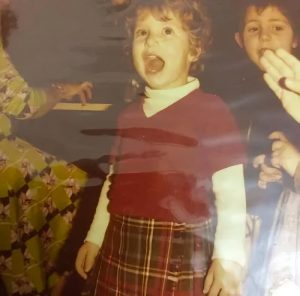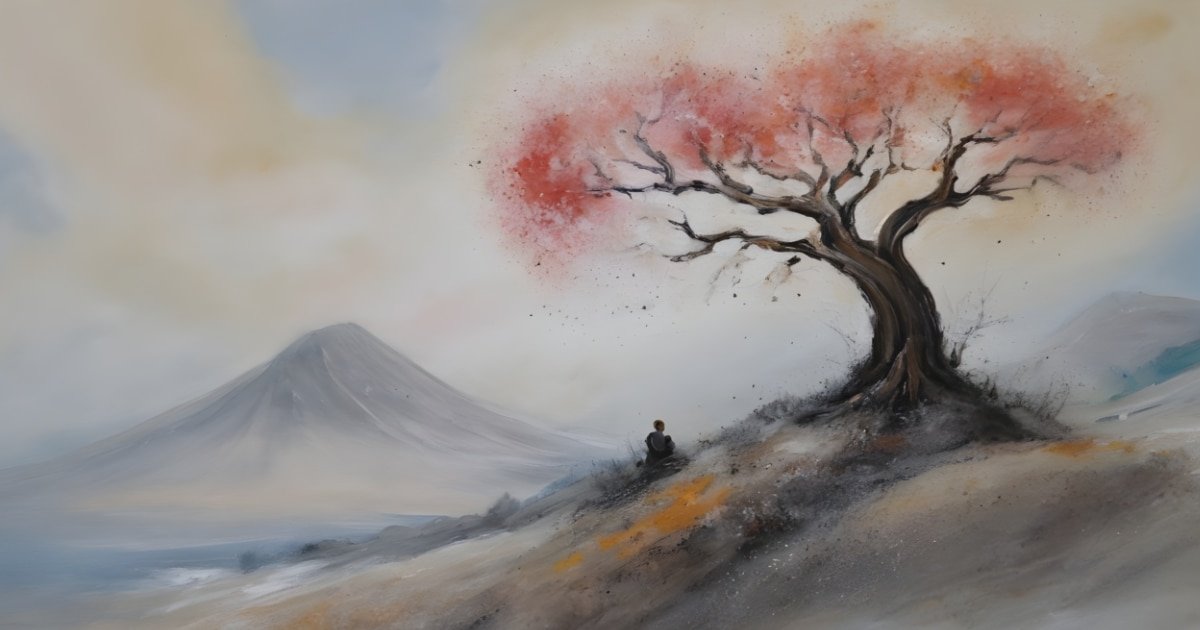Article index
Memories, vocal expression, perfumes are elements that allow us to understand the value of this article ...
 Browse the album of my sound memories I cannot fail to stop at an episode that in a certain sense gave the foundations to my path as a singer and music teacher. If I think of my vocal and musical childhood, the scent of that piano mixed with the smell of apple come clearly to my mind: my first memory of a child who sang. By chance then in the family album I found a photo that returns a shape and place to my memory of that moment.
Browse the album of my sound memories I cannot fail to stop at an episode that in a certain sense gave the foundations to my path as a singer and music teacher. If I think of my vocal and musical childhood, the scent of that piano mixed with the smell of apple come clearly to my mind: my first memory of a child who sang. By chance then in the family album I found a photo that returns a shape and place to my memory of that moment.
Since then I have always wondered if really my first vocal experience was confined only in that context: singing songs in chorus.
What did I do before? What voice did I have? And what did I do?
Unfortunately my memory stops at that memory and cannot go back ... despite the amount of photographs of me at three to four months that my parents patiently and with love set aside.
My student life helped me to fill that void that I have always suffered and the studies have become an important resource for me to reconstruct the missing parts of my "vocal" autobiography.
A first book that for me was significant for this journey of discovery of my child's voice is undoubtedly diary of a child by Daniel Stern . Stern, together with Colwyn Trevarthen, is one of the most significant scholars who contributed to the development of the Fant Research in the seventies, turning on a new light on the world of the child and its development in the world. Stern entrusts a newly born child the writing of a diary, in which his experiences are noted in the first year of life. In this diary the transformative relational power of the maternal voice is expressed as follows:
His voice is like a stroke of a maglio on a pure ice crystal.
And it leaves a fragile embroidery of irregular white lines and plans that restructure space.
In one instant my world is transformed from his voice.
The journey in search of my first vocal expression led me to "being with" through the voice; It begins where my photos cannot arrive: before birth. It is through the maternal voice that the first emotional sound touch with the unborn child is realized. It is the sound bath, in the womb, the world of sounds in which the fetus, already at the 24th week, a period in which the auditory organ completes its development, recognizes the mother's voice, for its prosodic and intonative characteristics. This item, sensorially perceived through the tactile vibrations already in the pre-trial phase in the first quarter of pregnancy, becomes our first emotional bond that is therefore realized thanks to the item "listen". When we come to light we will be able to recognize it among all the other voices and thanks to vocal exchanges, we will continue our journey of knowledge of the "human things". (Stern, 1977).
The way in which children are sensitive to the melodic and rhythmic dimensions of maternal speech and in its emotional tone shows how we were born ready to be engaged in the communicative musicality of a conversation, beyond and well before the development of spoken language. (Trevarthen, 1999)
The studies of Stern and Trevarthen have highlighted how the relational, communicative experience of the child present musical characteristics and also realizes through the voice. In fact, it has been defined as communicative musicality, "expression of the foundation of harmony itself, of 'feeling with' through which those 'duets of movements and sounds' are realized through which motivations and intentional states between two people spread. (Stern, 2011, p.43).
Stern himself also reports a definition of musicality by Trevarthen:
The musicality is made up of vital impulses characterized by a certain rhythm and temporal profile, and by the manifestation of a force over time ... The foundation of vital dynamics is the sharing of the dynamic vital flow that allows you to be with the other.
If we observe the interaction in the proposed video
We are amazed at how this relational experience has all the characteristics of a musical improvisation. Through the alternation of the round (turn-taking) the two respond to each other by producing vocal sounds in turn.
In this musical proto-confectioner (Papoušek, H., & Papoušek, M., 1987), the child begins when the adult stops, sometimes seems to anticipate it. All through an intense visual contact and correspondence of emotional states.
So it would seem that mine- our- "first" musical experience takes place within a relationship and is based on vocal improvisation, in the here and now. It is achieved "with and in the body" in a shares of sounds, actions and emotional states. In the A-Modality (Stern, 1987) of the relationship, in our origins, the voice manifests itself in all its expressive and communicative potential.
BIBLIOGRAPHY
Stern, D (1977/2002) The First Relationship. Infant and Mother. Cambridge, Mass: Harvard up
Stern, D. (1987/2012) The interpersonal world of the child . Turin Bollati Boringhieri.
Stern, D. (1990) Diary of a baby. Basic Books
Stern, D. (2011) Vital forms- The dynamic experience in psychology, art, psychotherapy and development . Milan: Raffaello Cortina Editore
Malloch, S. and Trevarthen, C (2009) Musicalità-Exploring Communicative The Basis of Human Companionionhip. Oxford University Press.
Papoušek, H., & Papoušek, M. (1987). Intuitive parenting: A Dialectic Counterpart to the Infant's Integrative Competence. In JD Oosofsky (ed.), Wiley Series On Personality Processes. Handbook of Infant Development (p. 669–720). John Wiley & Sons.
Trevarthen, C (1999) Musicality and the intrinsic Motive Pulse: Evidence from Human Psychobiology and Infant Communication. Music Scientiae, Special Issue: Rhythm, Musical Narrative, and the Origin of Human Communication , 155-215
Read also the article: Karaoke for children: a resource for teaching?








